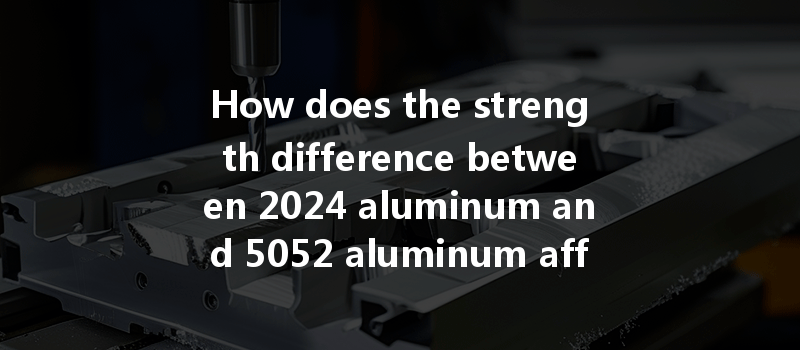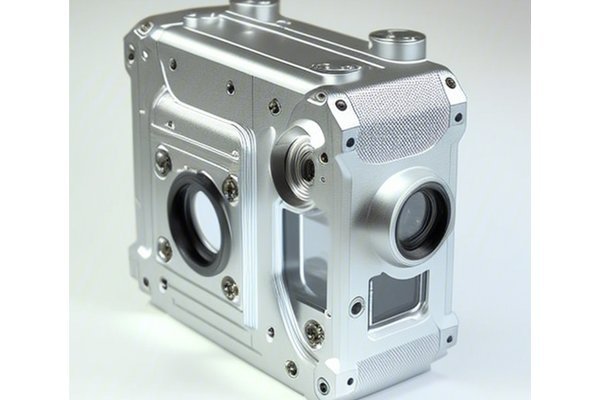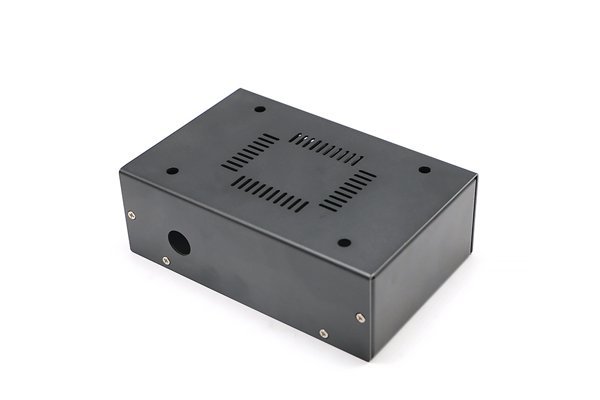: The Building Blocks of Modern Manufacturing
Did you know that aluminum accounts for about 8% of the Earth’s crust, making it the third most abundant element after oxygen and silicon? Given its widespread availability, aluminum has become a cornerstone material in numerous industries, especially aerospace, automotive, and manufacturing. In the CNC (Computer Numerical Control) machining world, different aluminum alloys are utilized due to their unique properties and applications. Among these, 2024 and 5052 aluminum stand out for their distinct characteristics. This blog will delve deeper into these two alloys, focusing on the strength differences and their implications for CNC turning applications.
Understanding Aluminum Alloys: 2024 vs. 5052
To comprehend the strengths of 2024 and 5052 aluminum better, we first need to understand what these alloys are composed of and how they perform under different conditions.
Strength Differences and Their Impact on CNC Turning
Mechanical Properties Overview
When it comes to CNC turning, the mechanical properties of the materials being cut are crucial. Here’s how 2024 and 5052 compare:
| Property | 2024 Aluminum | 5052 Aluminum |
|———————–|————————|————————|
| Tensile Strength | 470 MPa | 310 MPa |
| Yield Strength | 324 MPa | 230 MPa |
| Elongation at Break | 20% | 12% |
| Hardness | 95 (Brinell Scale) | 60 (Brinell Scale) |
| Fatigue Strength | Higher | Moderate |
The most significant conclusion drawn from the mechanical properties is that while 2024 aluminum excels in strength, its brittleness can pose challenges during machining processes like turning. On the other hand, 5052 aluminum, while less strong, offers better formability, making it suitable for more intricate geometric profiles.
Selecting the Right Alloy for CNC Turning
When it comes to selecting the appropriate alloy for a CNC turning project, consider the following factors:
Selecting the right tools and parameters is critical, especially when dealing with these two aluminum alloys:

Common Manufacturing Challenges and Solutions
Both alloys exhibit different rates of wear on cutting tools, leading to increased downtime and costs if not managed properly.
Achieving a desired surface finish is paramount in CNC turning, especially for parts that either have cosmetic or functional requirements.
Both alloys have different thermal expansion rates, which can lead to dimensional inaccuracies during the machining process.
Case Studies: Applications of 2024 vs. 5052 Aluminum
Understanding the strength differences and their effects is simplified through real-world applications:
In projects requiring lightweight yet high-strength parts, 2024 aluminum plays a crucial role. Consider aerospace brackets or support structures that undergo significant stress—here, choosing 2024 aluminum leads to enhanced performance under load.
In the automotive industry, 5052 aluminum is often selected for body panels, where weight reduction is beneficial. Its excellent corrosion resistance is pivotal, especially in parts exposed to the elements. As such, when manufacturers prioritize longevity and ease of fabrication over peak strength, 5052 aluminum stands out.
: Making the Right Choice for CNC Turning
Choosing between 2024 and 5052 aluminum for CNC turning applications hinges on understanding their differing strengths and mechanical properties. 2024 aluminum offers superior strength and fatigue resistance, making it ideal for demanding applications, while 5052 aluminum excels in corrosion resistance and formability, perfect for more intricate designs.
Navigating the complexities of CNC machining requires thoughtful consideration of material properties, tool selection, and machining parameters. By exploring the nuances between these two widely-used aluminum alloys, manufacturers can boost production efficiency, enhance product quality, and ultimately lead to greater customer satisfaction.
This blog serves to illuminate the importance of material selection in CNC turning, a decision that profoundly impacts not only quality but also cost efficiency in the long run. As the manufacturing landscape gets increasingly competitive, it’s vital to remain informed about such core principles to leverage technology effectively for business growth and success.
Remember, every minor detail counts, and choosing the right alloy can make all the difference in achieving production goals while maintaining high-quality standards in today’s fast-paced manufacturing environment.






